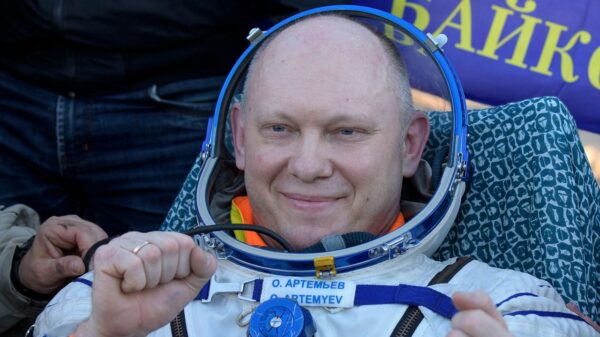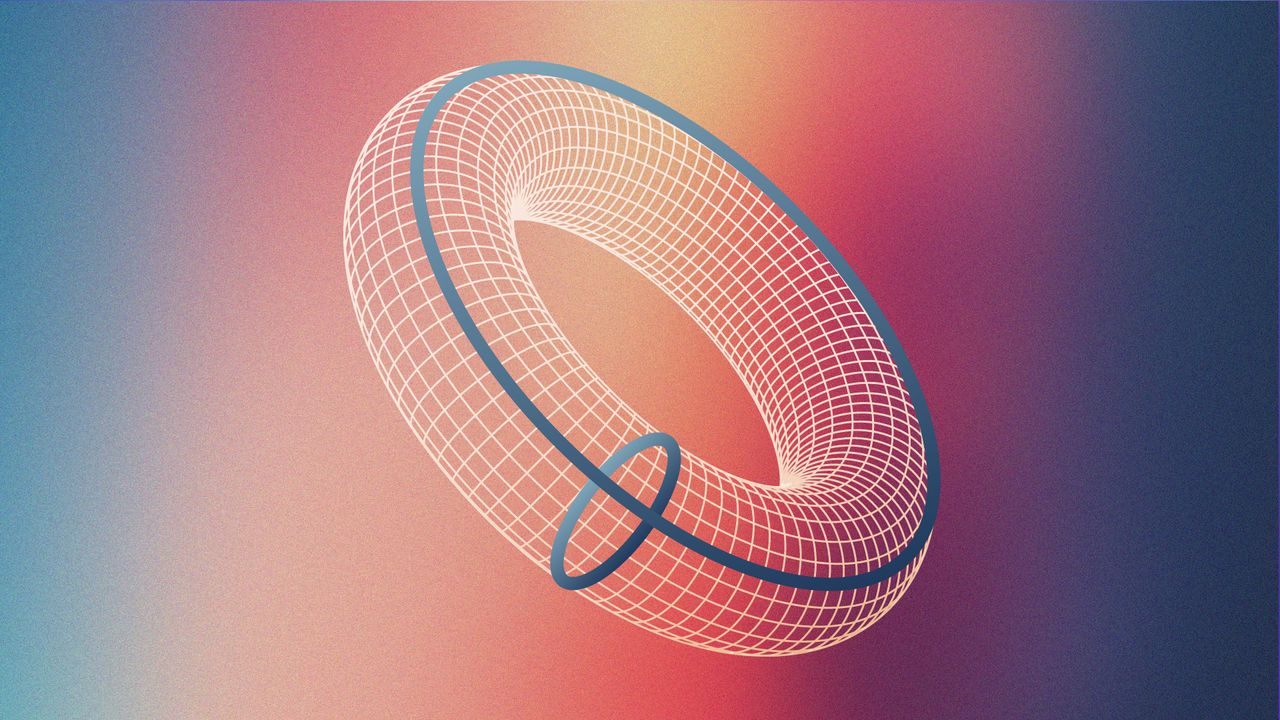On November 11, 2002, mathematician Grigori Perelman made a groundbreaking contribution to the field of mathematics by publishing a paper that solved the long-standing Poincaré conjecture. This conjecture, proposed nearly a century earlier by French mathematician Henri Poincaré, concerns the properties of three-dimensional spaces and their relation to spheres.
Perelman’s paper, titled “The entropy formula for the Ricci flow and its geometric applications,” was uploaded to a public server from his home in St. Petersburg, Russia. It marked the first of three published works over the next year that collectively addressed the conjecture, a problem that had puzzled mathematicians for decades.
The Poincaré Conjecture: A Historical Perspective
The Poincaré conjecture asserts that any three-dimensional space that allows a loop to be shrunk down to a point without breaking is topologically equivalent to a sphere. Proving this hypothesis is fundamental to the branch of mathematics known as topology. In 1961, mathematician Stephen Smale had already solved the conjecture in five dimensions, earning the prestigious Fields Medal for his achievement. Yet, the three-dimensional case remained a formidable challenge.
In the 1980s, Richard Hamilton, a mathematician at Columbia University, proposed an innovative approach to tackle the conjecture using a technique called Ricci flow. This mathematical process, akin to smoothing out wrinkles in fabric, allows for the simplification of complex shapes. Hamilton’s work laid the groundwork for subsequent advancements but faced obstacles due to the emergence of singularities—points of infinite density that complicated the analysis.
Perelman’s research effectively addressed the singularity problem. During the 1990s, after rejecting numerous prestigious fellowships in the United States and Europe, he returned to St. Petersburg, where he took a position at the Steklov Institute of Mathematics. Known for his modest lifestyle, Perelman garnered a reputation as an unconventional thinker, often described as “unworldly” by his colleagues.
A Major Mathematical Breakthrough
After years of relative obscurity, Perelman resurfaced with his 2002 paper, followed by two additional papers within a year. He presented his findings at several universities on the East Coast of the United States. His work demonstrated that all singularities in the Ricci flow could ultimately simplify to basic shapes, such as spheres or tubes. This critical insight confirmed that following the Ricci process to completion would lead to a three-dimensional shape being reduced to a sphere.
Despite the complexity of his proofs, the mathematical community began to recognize the significance of Perelman’s contributions. In 2006, mathematicians John Morgan and Gang Tian published a comprehensive 473-page paper affirming that Perelman’s work indeed solved the Poincaré conjecture.
In recognition of his extraordinary achievement, Perelman was offered both the Fields Medal and the Clay Millennium Prize, which includes a $1 million award. Intriguingly, he declined both honors, reportedly due to concerns over how credit was attributed for the solution.
Since resigning from his position at the Steklov Institute in 2005, Perelman has maintained a low profile, largely avoiding the public eye. Reports suggest he continues to live in St. Petersburg, where he cares for his elderly mother. In a rare interaction with the media, he expressed his desire for privacy, stating, “You are disturbing me. I am picking mushrooms,” when approached for an interview in 2010.
Perelman’s resolution of the Poincaré conjecture not only solidified his place in mathematical history but also underscored the enduring quest for knowledge within the scientific community. His work stands as a testament to the power of intellectual curiosity and the pursuit of truth, forever changing the landscape of modern mathematics.






































































